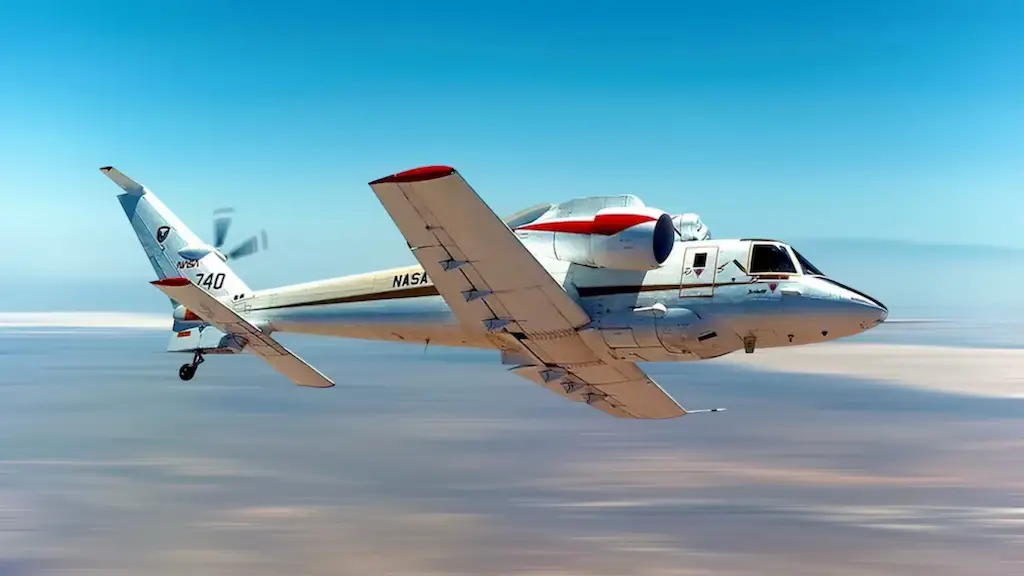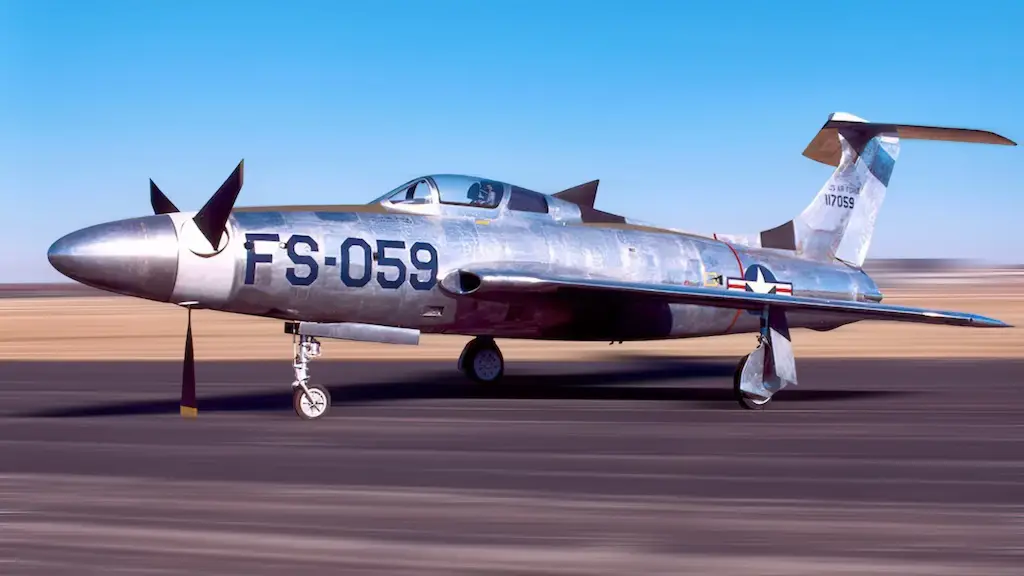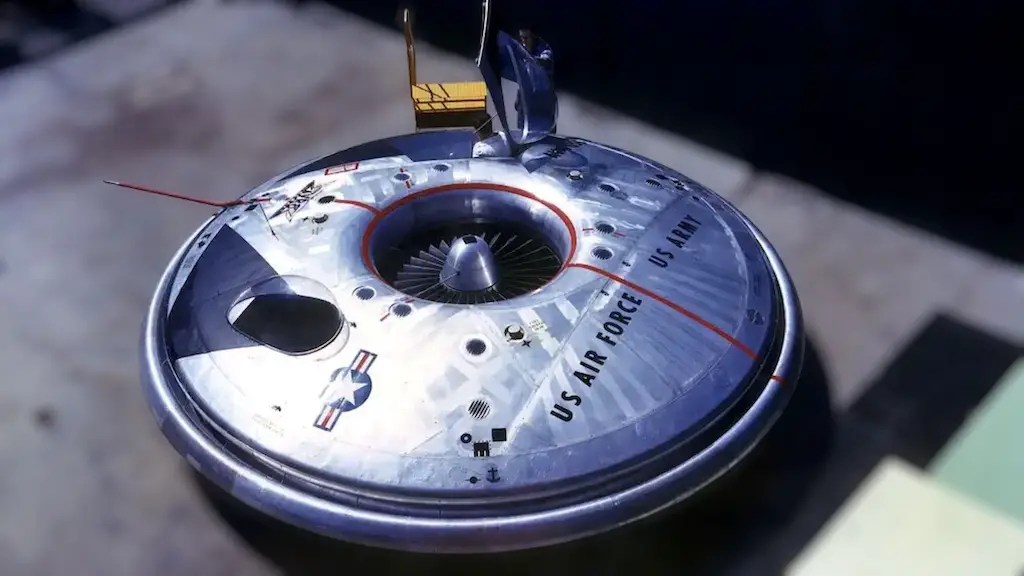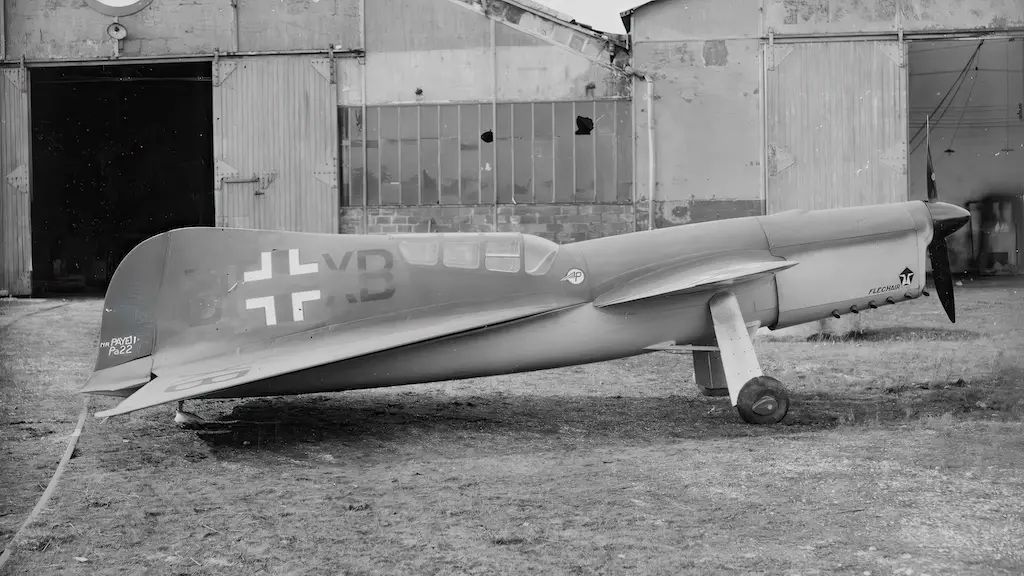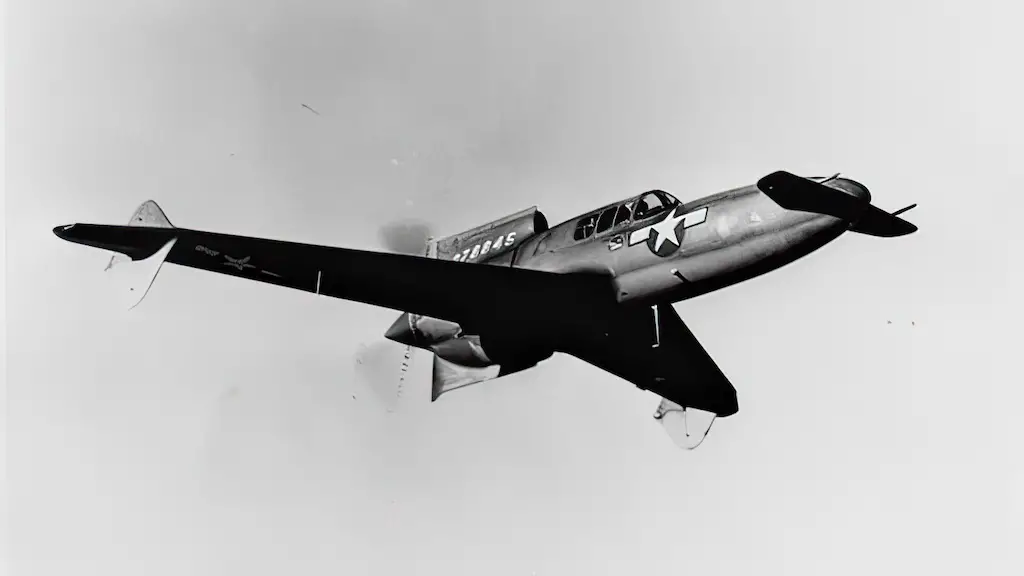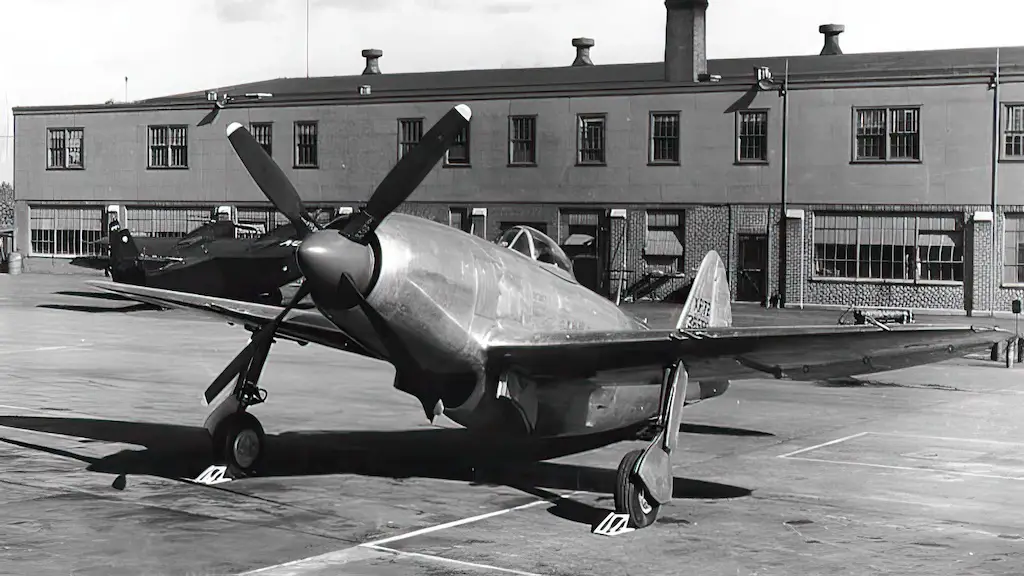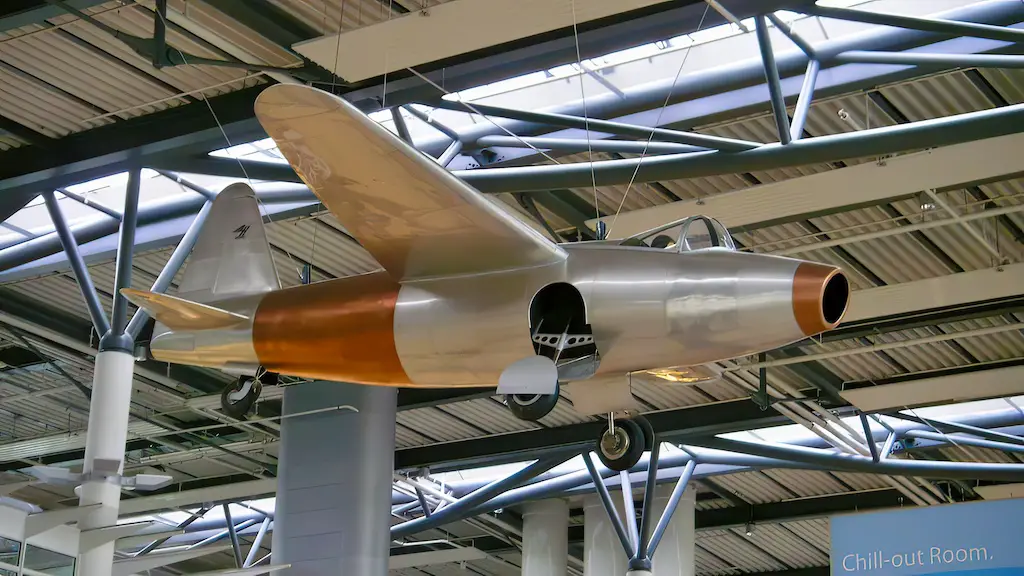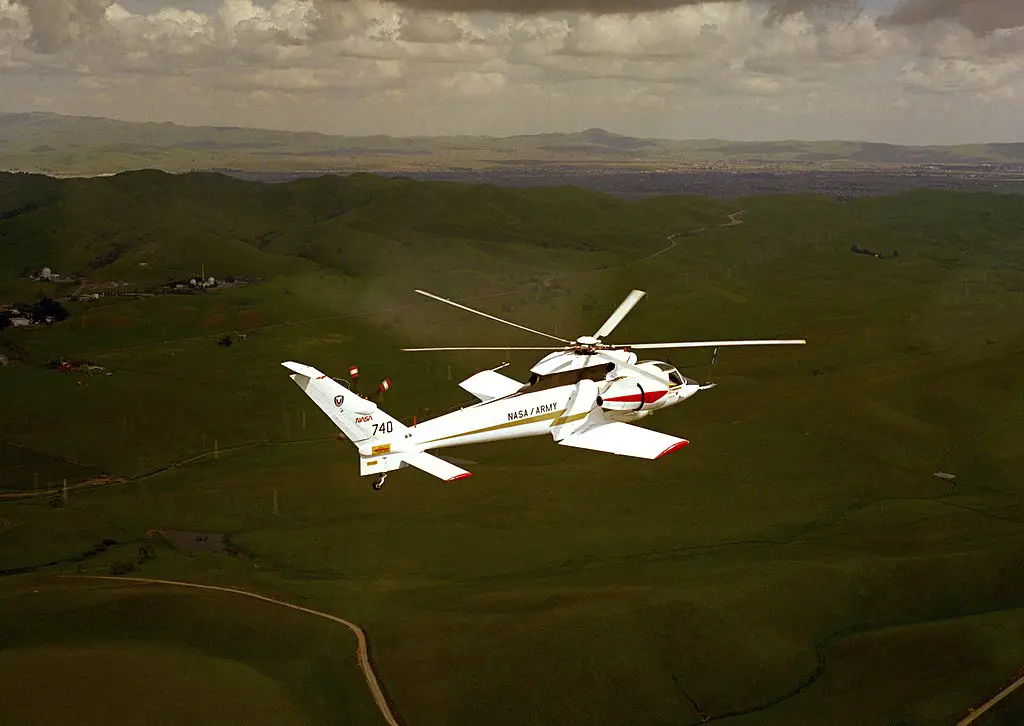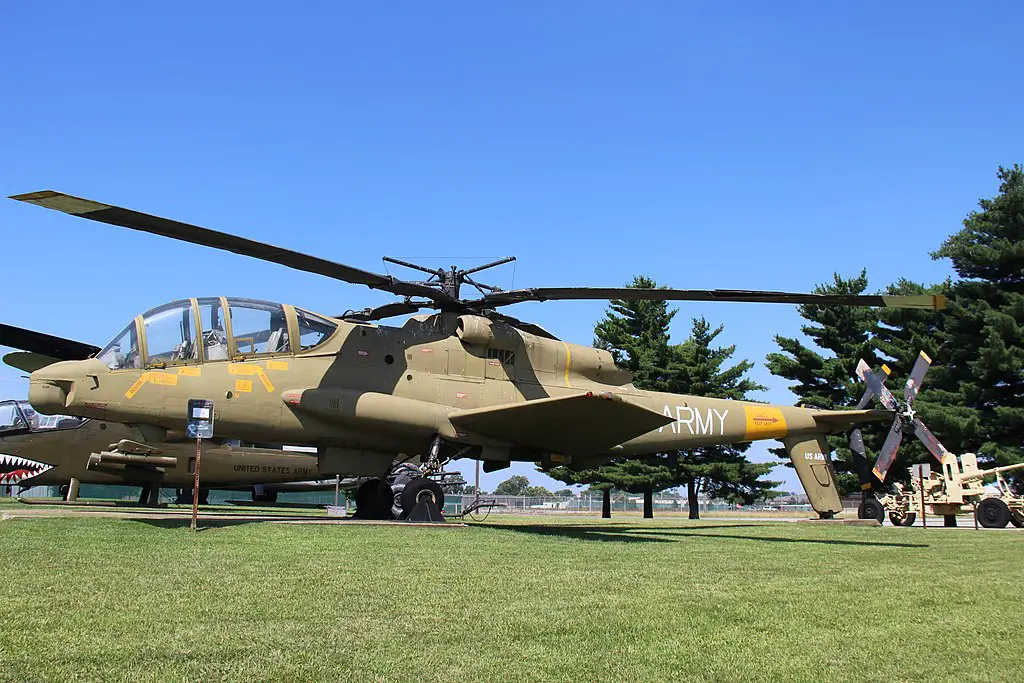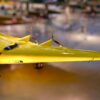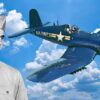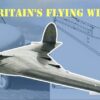Is it a Plane or a Helicopter?
We’ve all been there; we all thought about what would happen if a helicopter was crossed with an airplane. The engineers at Sikorsky Aircraft took it a step further and tried to develop a functional prototype. The end result was neither a helicopter nor a plane; instead, it was something entirely new, an X-wing (not a Star Wars reference).
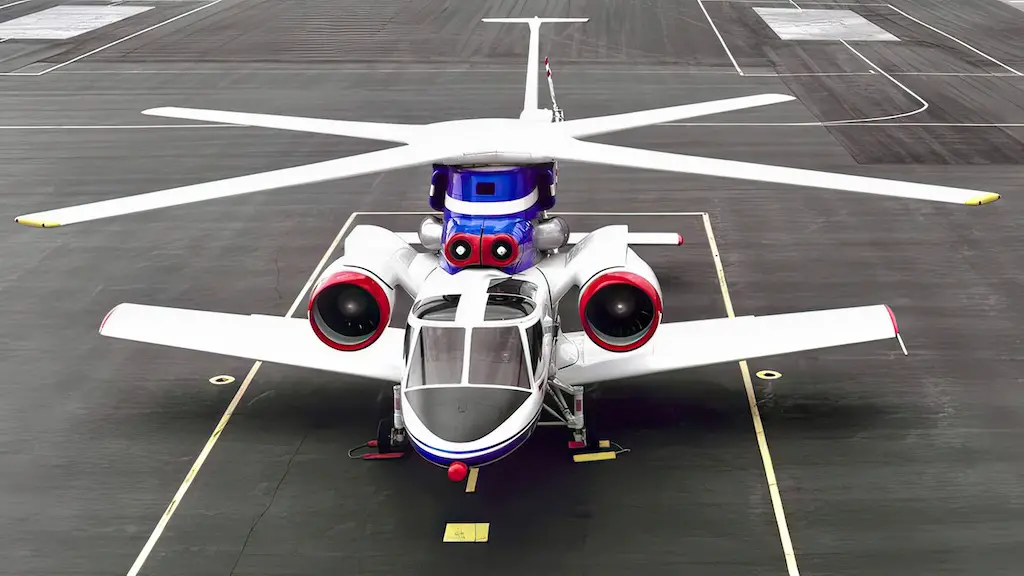
The concept wasn’t entirely original, as Lockheed played with the concept with the AH56 Cheyenne. Stub wings, a pusher prop on the tail, and a semi-rigid rotor were utilized as lift mechanisms. The rotor would be used to launch it. When the Cheyenne was airborne, and the pusher prop took control, the stub wings provide lift and allowed the helicopter to reach previously unheard-of speeds.
Development
The Sikorsky S-72 was created in response to a combined Army/NASA demand for a high-speed helicopter propulsion and rotor systems testbed. It is unquestionably one of the more exotic-looking rotorcraft yet to be constructed. In January 1974, Sikorsky received a contract from the Army and NASA to building two helicopters.
The initial production contract, therefore, included the fabrication of one set of wings and the adaptation of two General Electric turbofans for later installation on the finished aircraft. The Rotor Systems Research Aircraft (RSRA), as the S-72 was officially known, was intended from the start to be capable of operating with podded auxiliary turbofan engines and airplane-style wings.
In October 1976, the first RSRA made its first flight as a helicopter, and in April 1978, the second prototype, which was created from the ground up as a compound with wings and turbofans already connected, had its first ascent.
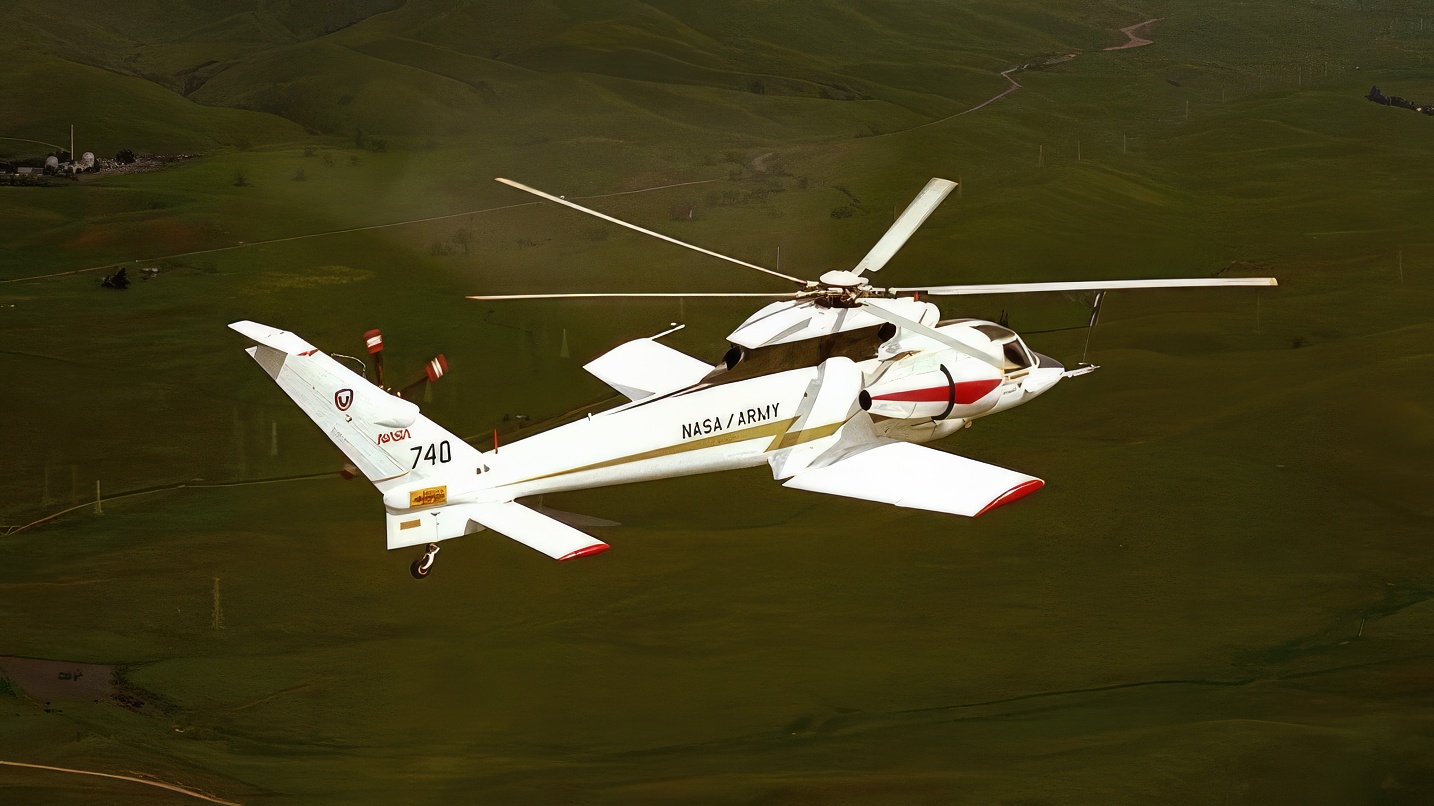
Characteristics
Compared to Sikorsky’s prior aircraft, the fuselage was completely new. It had sweeping tail surfaces typical of airplanes, a five-blade main rotor, and a five-blade tail rotor. Transmission methods and various blade types were also tested, including rigid and articulated blades.
One of the S-72 prototypes was equipped with two General Electric TF-34 turbofans in two outboard nacelles and a short, swept wing. The S-72’s top speed with the additional turbojets was roughly 450 km/h. For X-wing “stopped rotor” research, Sikorsky was given a contract in 1983 to modify one S-72.
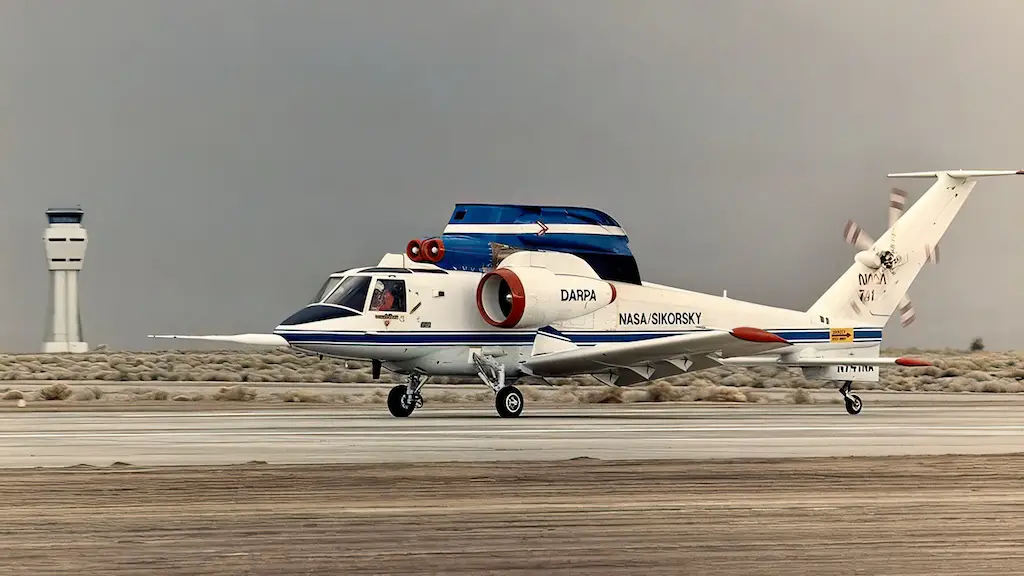
Under this concept, a rigid rotor is stopped in cruise flight, and the blades then function as wings to provide lift while engine power is diverted from the rotor system to provide pure jet thrust. The fact that the helicopter’s entire crew had ejector seats was an amusing touch. Ejecting through the blades wouldn’t be a good idea, so the seats ejected downwards.
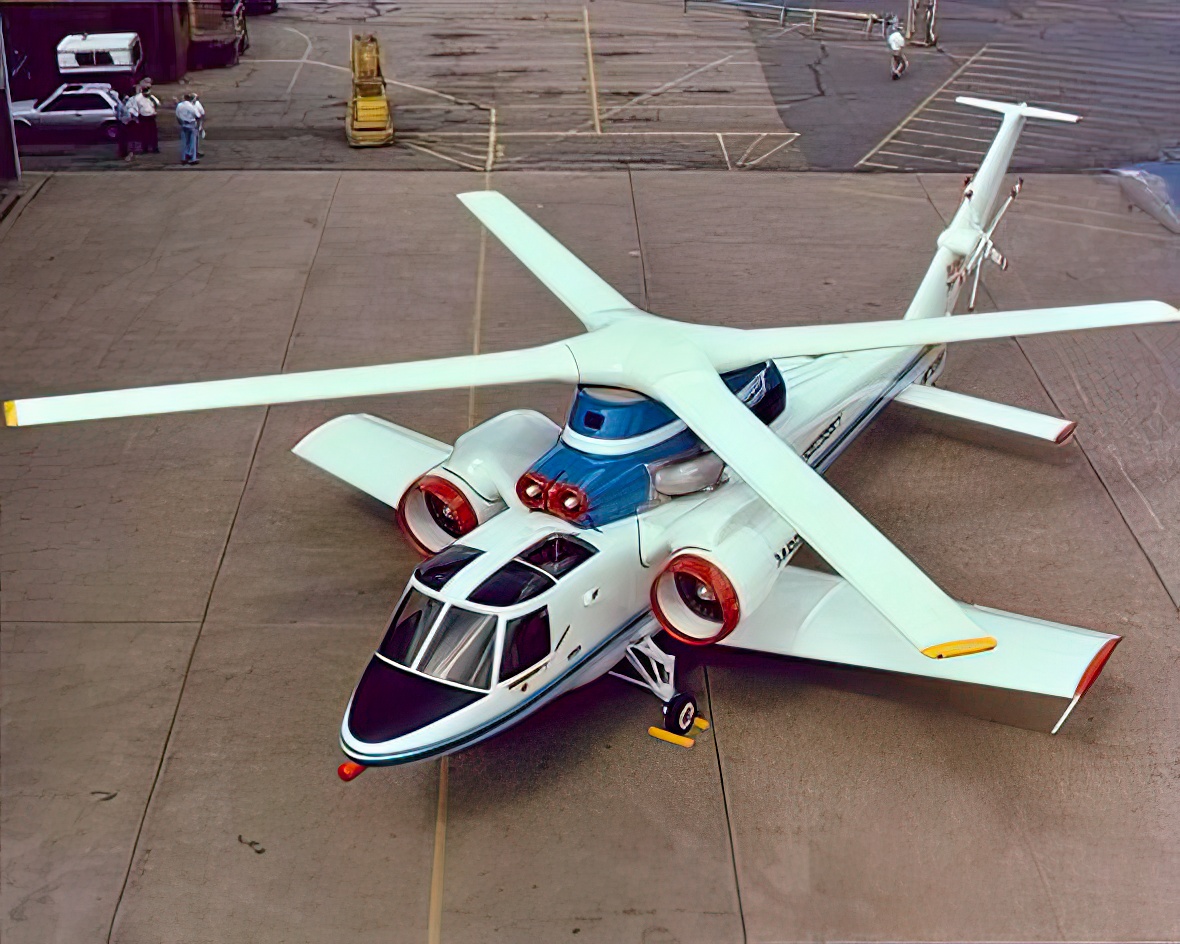
Testing
Sikorsky also built two S-72 Rotor Systems Research Aircraft (RSRA) under contract with NASA and the US Army. These aircraft were intended as test platforms for various rotors and rotor systems. Two 1044kW General Electric T58-GE-5 turboshaft engines were used to power the rotors, and two General Electric TF34-GE-400A turbofan engines with a combined thrust of 4207kg were used as auxiliary power sources.
The wingspan 13.74 meters, and the tail unit had conventional control surfaces. Therefore, it was conceivable to test rotors that would be too small to lift and support the S-72 in flight because to the wings and auxiliary turbofans that could be attached to and removed from each side of the fuselage. Trials using an X-wing in place of the main rotor were next conducted.
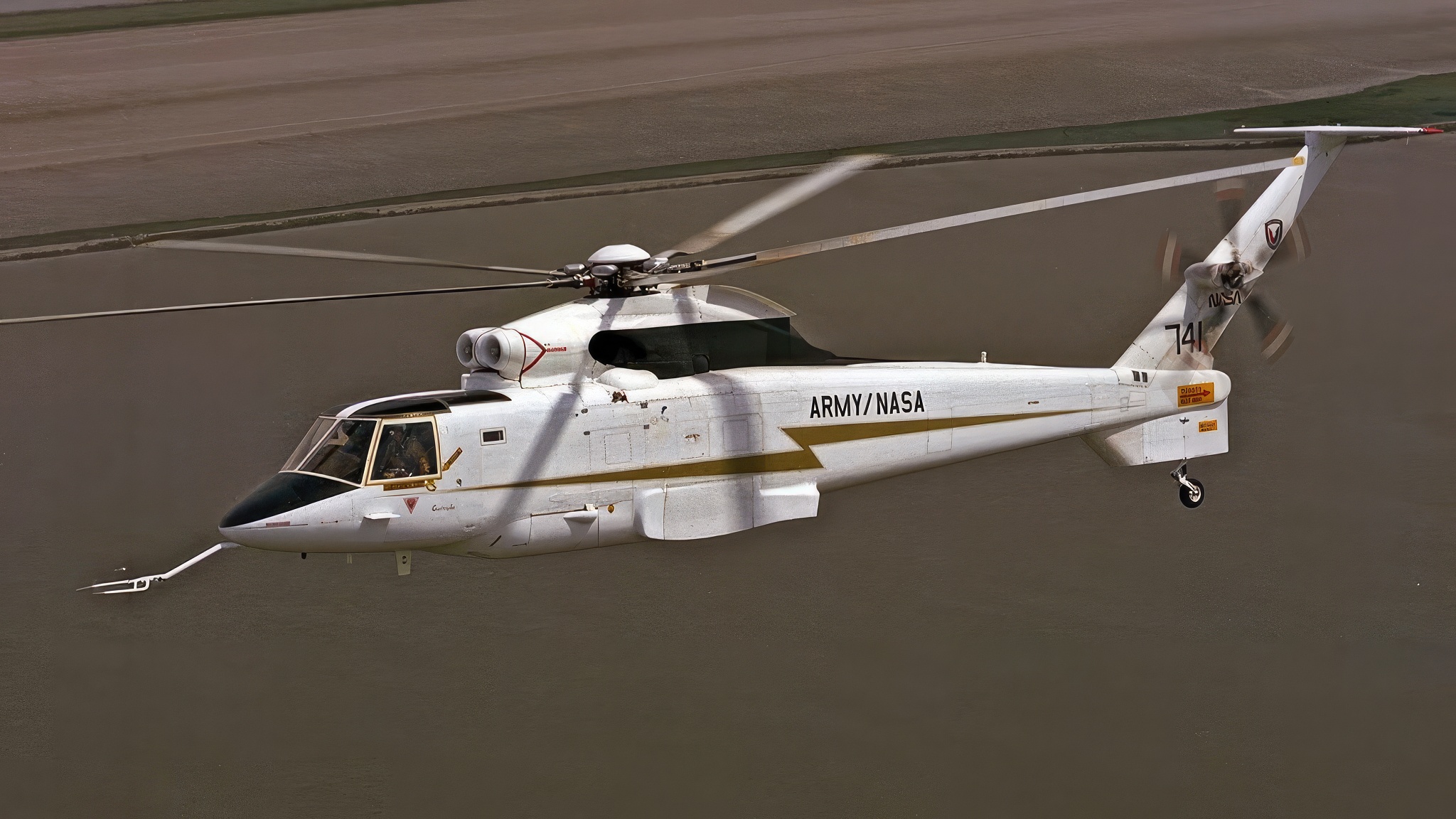
This airfoil could be blown to modify cyclic and collective pitch using a compressed air system. Sikorsky thought the concept would one day be used as a high-speed “convertiplane” since the wing could be stopped while in flight. On December 2, 1987, the S-72X1 made its first flight. However, after three further flights, all funding was halted, and it was stored at Edwards AFB.
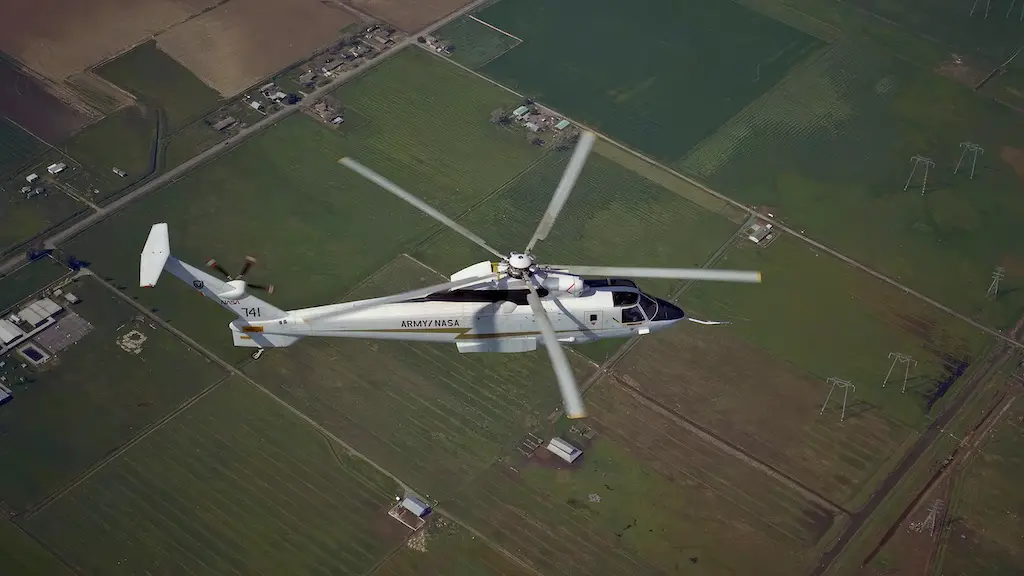
The Army and NASA worked together to test both RSRA helicopters until 1980 when NASA took over the management of both aircraft. A NASA/Defense Advanced Research Projects Agency (DARPA) contract was given to Sikorsky at the beginning of 1984 for converting one of the S-72s into a demonstration testbed for the business’s novel X-wing technology.

